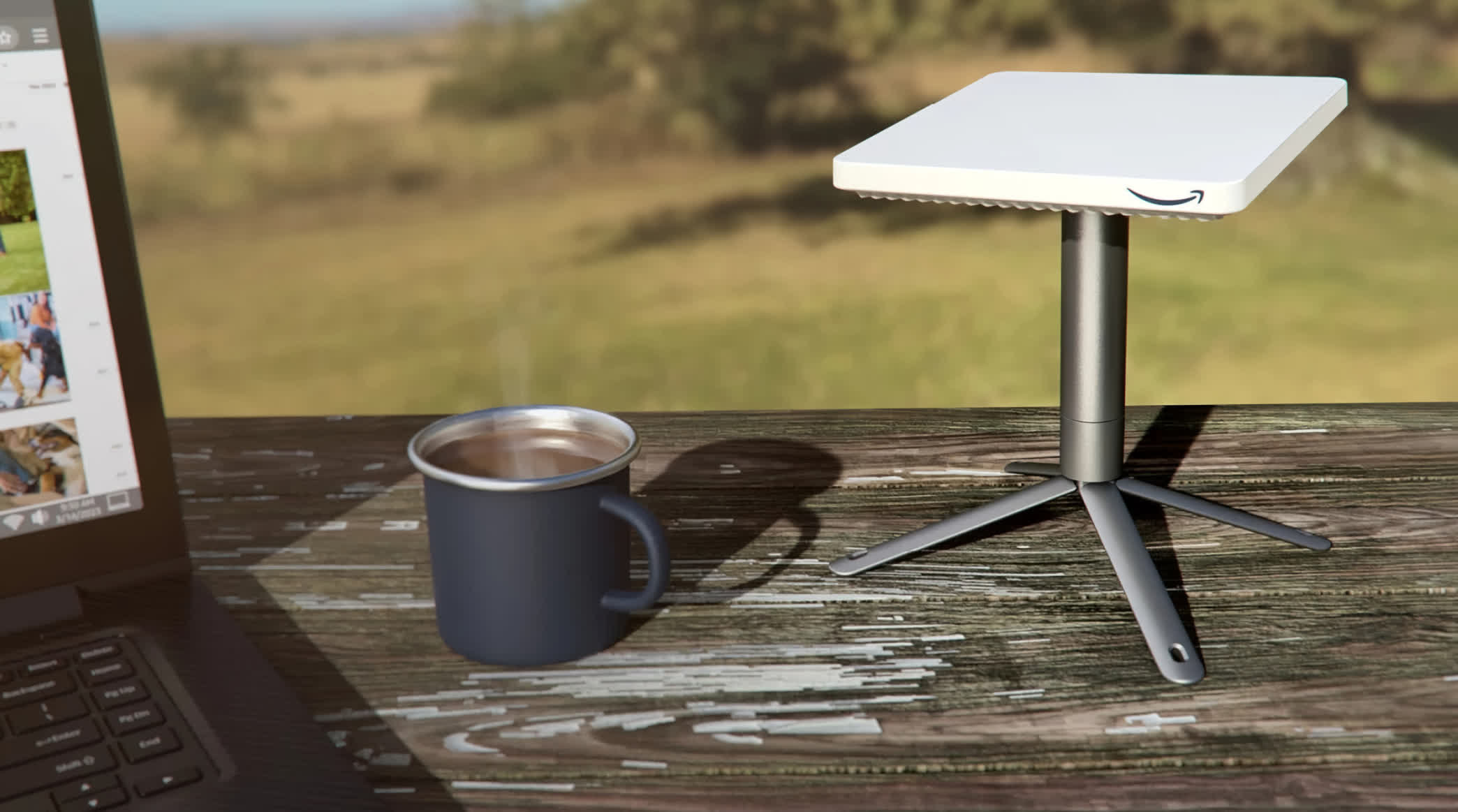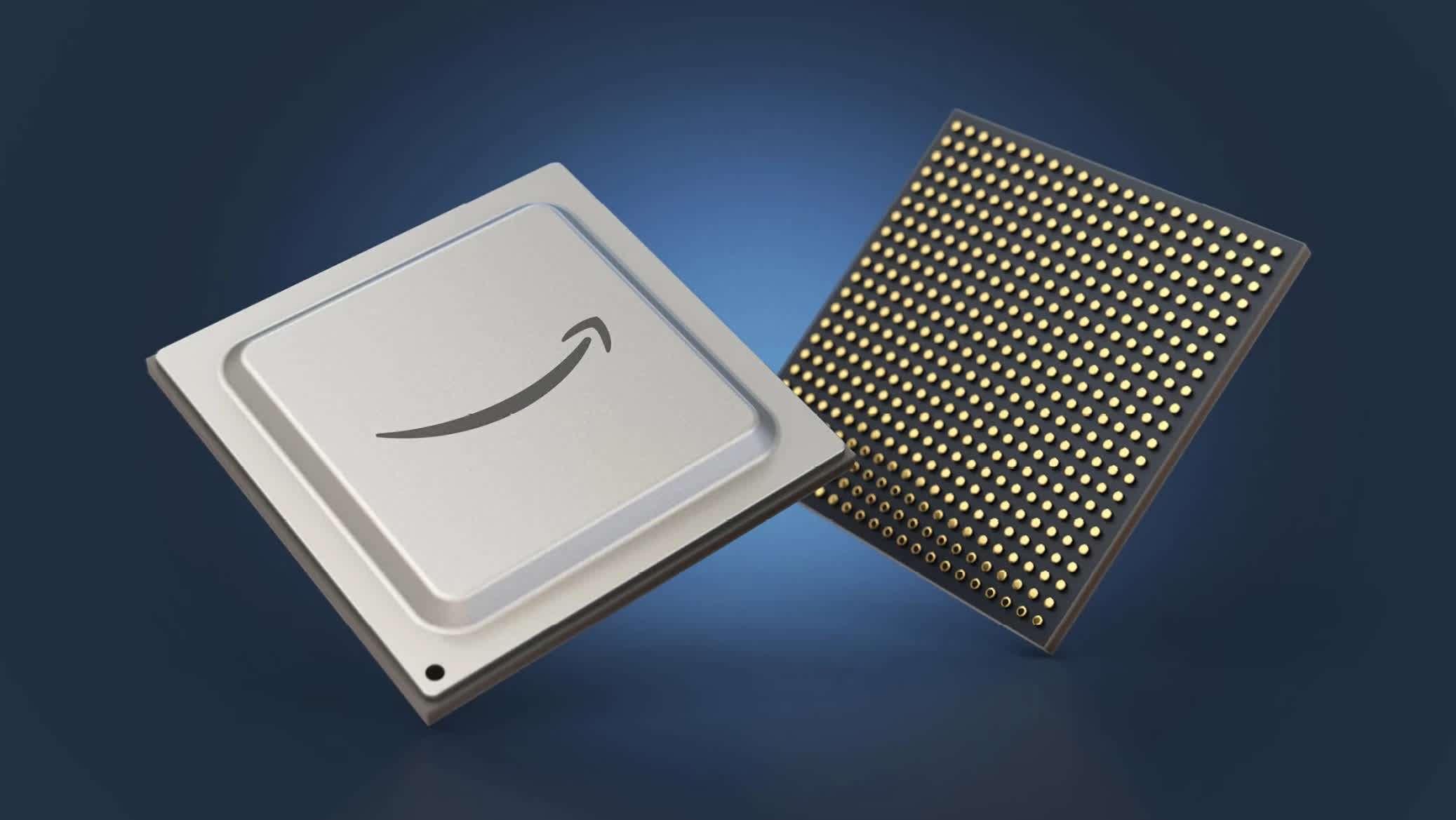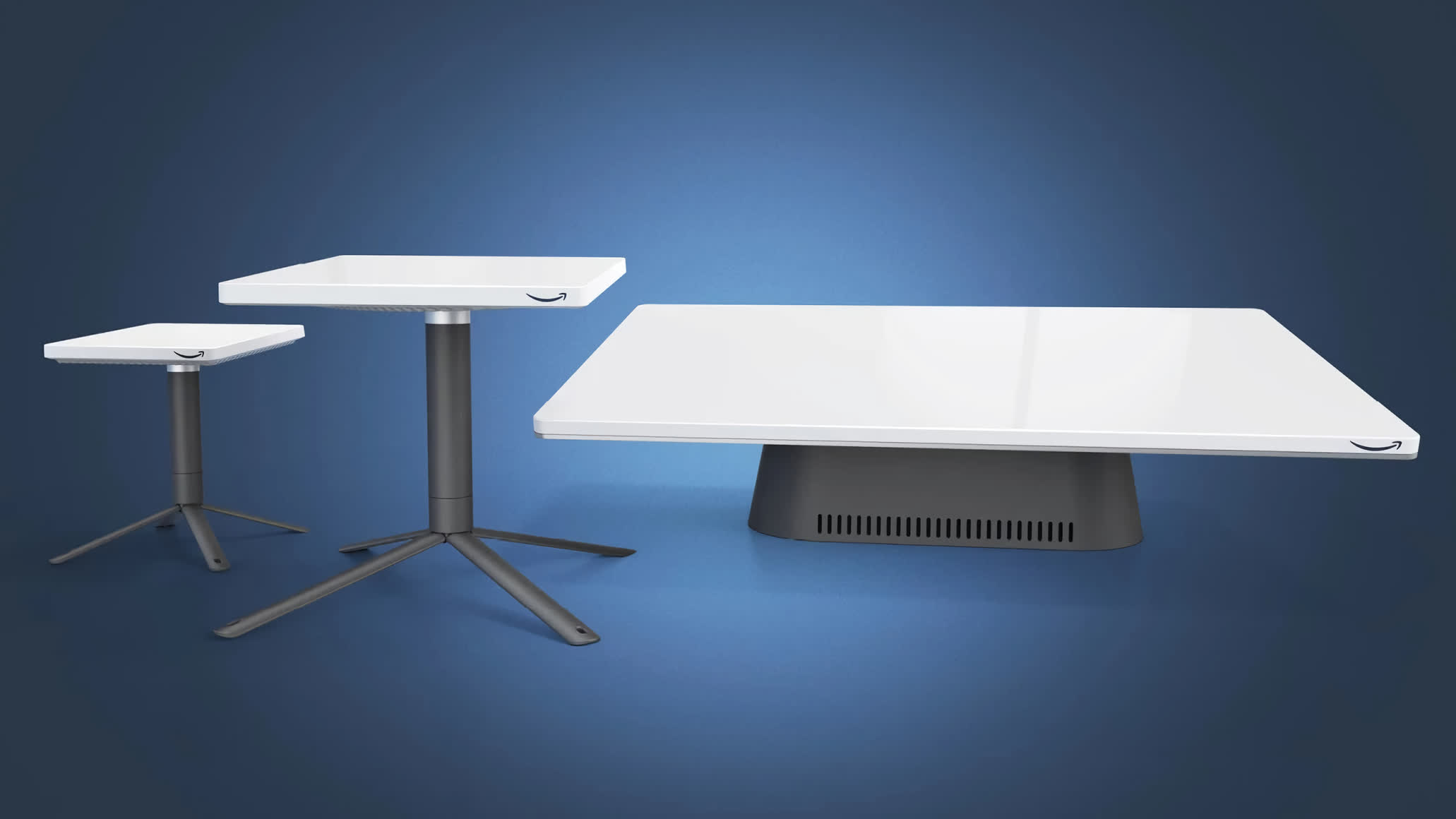Why it matters: Amazon has shared an early look at three dish design concepts that will anchor its Project Kuiper satellite Internet service. The dishes, referred to as customer terminals, are essentially outdoor antennas designed to communicate wirelessly with satellites passing overhead.
The standard terminal is roughly 11 inches square, an inch thick, and weighs less than five pounds (sans mounting bracket) According to Amazon, this model can deliver speeds of up to 400 Mbps and should cost less than $400 to produce.
Amazon is also developing a smaller 7-inch square model that'll tip the scales at just one pound. This mini version will top out at 100 Mbps and could be ideal for cost-conscious consumers or enterprise customers looking to connect Internet of Things devices.

On the opposite end of the spectrum is a high-bandwidth design for government, telecommunications and enterprise applications. Amazon says this model, measuring 19 inches by 30 inches, will be capable of delivering speeds up to 1 Gbps.
The customer terminals are powered by a custom-designed baseband chip that was developed under the codename "Prometheus." Amazon said the chip combines the processing power of a 5G modem chip like those used in smartphones with the capability of a cellular base station that can manage thousands of simultaneous connections and the ability of a microwave backhaul antenna to support point-to-point connections.

Prometheus chips aren't limited to customer terminals. Amazon said the hardware can also be found in Project Kuiper satellites and ground gateway antennas, and are instrumental in each satellite's ability to process up to 1 Tbps of traffic.
The e-commerce giant is in the process of scaling its infrastructure ahead of mass production of units, and will use the expertise it has gleaned from manufacturing consumer hardware like Fire TV boxes and Echo smart speakers. The first two prototype satellites are expected to launch into space in the coming months and assuming everything goes according to plan, Amazon could put production models into space by the first half of 2024.
